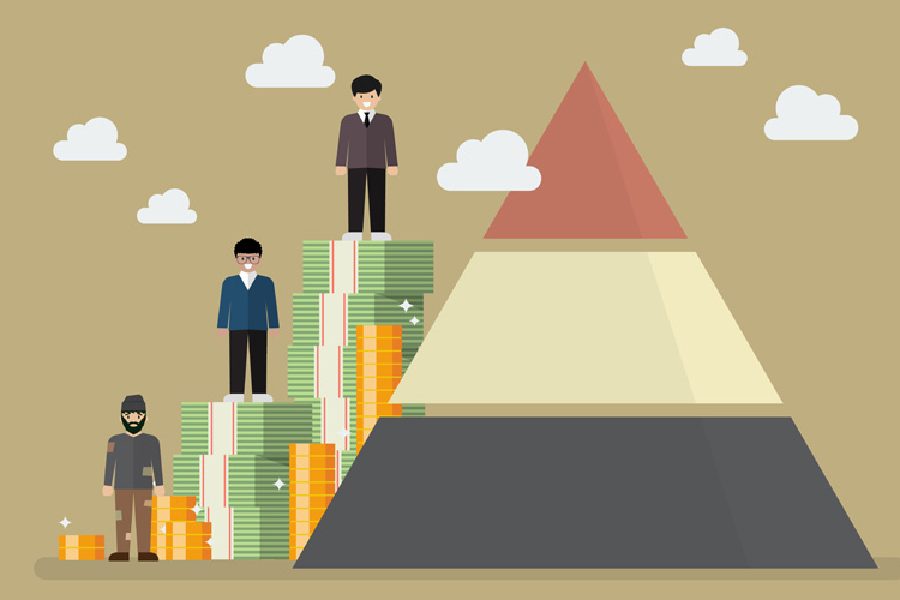One of the major consequences of market-led growth in India has been the sharp rise in economic inequality, both in terms of wealth and income. This has been measured and remarked upon by a number of international scholars and think tanks, much to the annoyance of the Narendra Modi-led Central government. But now, the Centre’s own think tank, the NITI Aayog, has come up with a report that has flagged growing inequality in India as an issue of concern. According to the NITI Aayog report, inequality scores as measured by United Nations suggested metrics have worsened from 71 in 2018 to 65 in 2023-24. The report also underlines the worsening of gender inequalities that might pull down India’s sustainability goals that are to be achieved by 2030. Incidentally, according to non-government sources such as Oxfam, 40% of the national income went to the top 1% of Indians while the bottom 50% received only 3% between 2012 and 2021. The level of inequality is supposed to be worse than that which prevailed during the colonial period.
The two indicators flagged by the NITI Aayog point to two different kinds of problem. Economic inequality stems from unequal access to assets and opportunities in a market economy. Poor people have limited access and, hence, they continue to be poor. Unequal opportunities spill over into access to credit, education, health and justice. Such inequalities harden, more so when systematic safety nets provided by the government are not assured. These growing inequalities have political and social consequences that might be quite potent in terms of unrest and violence. Denied of decent, dignified living, the poor often turn to crime and illegal activities. Extreme inequality can also be viewed as unjust and offensive given the opulent exhibitionism of the rich and the famous. Gender inequality, on the other hand, is a consequence of deep-seated social problems that reflect increasing male dominance. The gender bias is manifest in the nation’s political representation, in India’s work culture, and even in its family values. The consequent loss to the nation is in terms of talent and creativity foregone when so many women lack educational and employment opportunities and spend the most productive period of their lives engaged in household chores. Now that the government’s own think tank has raised these issues, the time has come for serious policy action.











